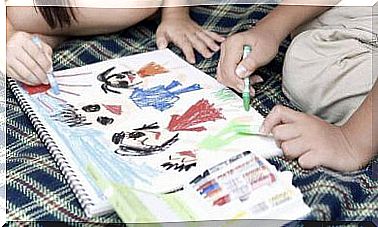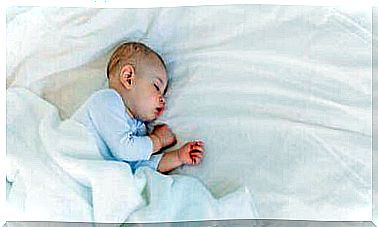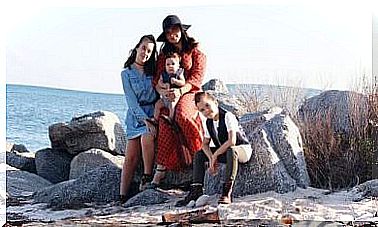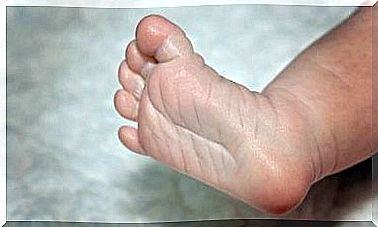Dysmorphophobia In Adolescents – Parenthood

How does dysmorphophobia manifest itself in adolescents? First of all, the DSM-5 ( Diagnostic and Statistical Manual of Mental Disorders ) defines dysmorphophobic disorders as a concern about physical appearance, which in the case of mild physical abnormalities can take on excessive proportions in the head of the patient. the teenager.
All this generates significant discomfort and affects the personal esteem of the person. Sometimes these disorders are accompanied by other elements:
- Muscular dysmorphia (or bigorexia).
- Introspection and self-censorship
Adolescent dysmorphophobia
Depending on the type of pathology of the adolescent, we will see its different manifestations as well as the treatments usually chosen at the psychological level. Let’s start by describing its general characteristics.

Obsessive-compulsive disorder
Dysmorphophobic disorder moves from the category of somatoform disorder in DSM-IV-TR to obsessive-compulsive disorder (OCD) in DSM-5.
In addition, another novelty is added in the DSM-5, namely that the patient must have had repetitive behaviors or mental acts in response to concerns about his appearance. In the case of the ICD-10 (International Classification of Diseases), it classifies the disorder as hypochondriac.
Main Features
Dysmorphophobic disorder, according to DSM-5 data, has a prevalence of 2.4% in the US population, compared to 1.7% in other populations. It is a generally chronic disorder, although it is treatable and likely to be improved. It usually appears at the same time as other pathologies (comorbidity), in particular:
- The depressive disorders
- Social anxiety
- TOC
- Toxic consumption
Features of dysmorphophobia in adolescents
Dysmorphophobia, although it can appear at any age, usually manifests at 16-17 years of age.
When this disorder appears before the age of 18, the adolescent is affected by comorbidity and often tempted by suicide. In adolescents, the onset of the disease is usually more gradual than in adults, where it is mostly acute.
How does it manifest in adolescents?
In adolescents, symptoms appear gradually ; they may start to notice a “blemish” or a part of the body that they don’t like and gradually increase their attention to that area. Thus, the obsession would increase, as well as the associated worry, fueled by distortion of the image.
Treatment of adolescent dysmorphophobia
The treatment aims to teach the patient to tolerate discomfort and eliminate the defeatism that results from his distorted image. All this to change the body image of the subject suffering from the disorder.
A study by Peña-Casquero (2016) shows a cognitive-behavioral intervention carried out on an adolescent with DBT . It proves the effectiveness of cognitive behavioral therapy, generally the most used in this type of disorder.
On the other hand, we know that in adolescents the body image weight is usually higher than in adults, it gives it great power, which largely defines their self- esteem and self-conception.
Over time, it softens, but remains very common, hence the importance of working on changing body image, so that the person not only tolerates and accepts their own image, but also feels proud of who they are. is.
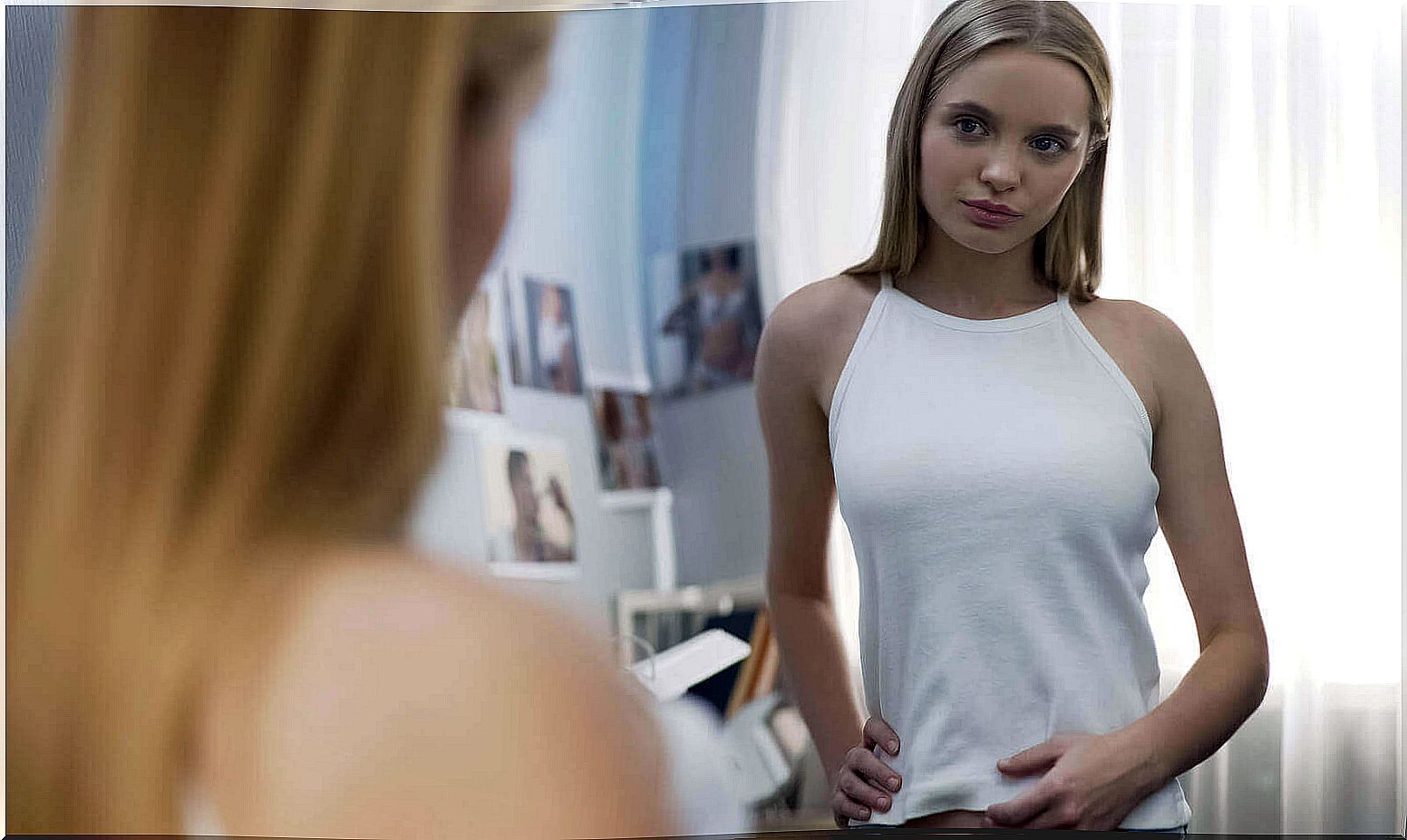
Rosen’s treatment
Rosen’s treatment includes a series of elements, in particular three techniques, which are generally very effective in countering this pathology:
- Psychoeducation : explaining to the patient what is happening to him and how we can work to help him.
- Exposure with response prevention (RPE) : exposing the patient to their own body image and preventing repetitive behaviors that cause them to test their body.
- Cognitive restructuring (CR) : this technique aims to modify the dysfunctional (and distorted) thoughts of the patient, associated with the body (or the area that it rejects so much).
In fact, in the Peña-Casquero study mentioned above, the treatment applied consisted of cognitive behavioral therapy which included two of these techniques: RPE and CR. The goal is simple and yet so long to achieve:
As we see, adolescent dysmorphophobia is a complex disorder that requires special attention. Adolescents are probably the most affected because of the importance they attach to their body image, the social pressure they often undergo to “fit in” with the group or to always be “perfect”, or to the important influence of social networks at this stage of development.
Asking for professional help is the best way to help and support these people.
The objective pursued? Work so that they learn to love their body and to obtain a more realistic and objective image of their reflection in the mirror.



